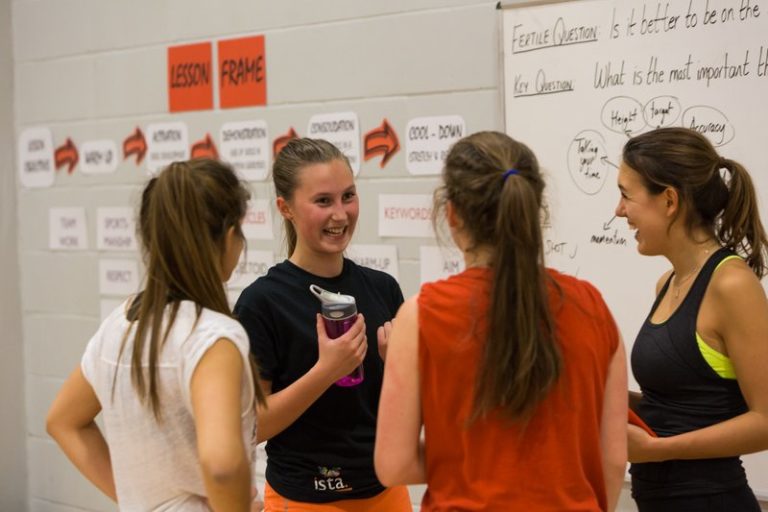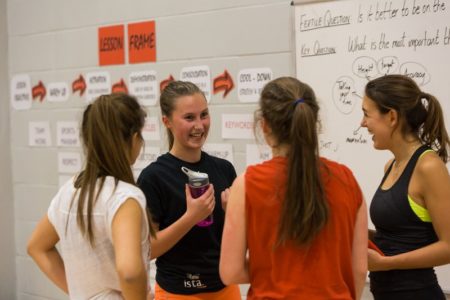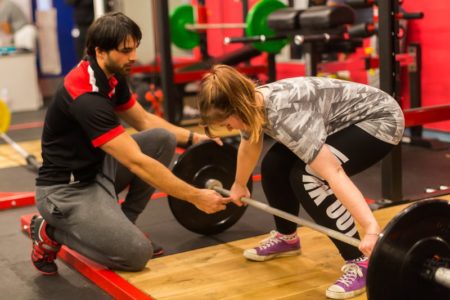Dean Nevill, London Sports Strategic Advisor for Workforce shares his opinion on thinking beyond the traditional workforce.
When talking about the importance of a Bigger and Better Workforce to support physical activity and sport in London, we tend to focus our thinking on a traditional workforce – the coaches, volunteers and others who deliver activity. This is vital, but are we failing to realise the potential of the workforce in not just leading activity, but actually getting people to the point of being active? In recent years there have been improvements in the discourse around sport’s workforce, bringing a greater emphasis on the skills and characteristics required to meet the needs of our ‘customers’, but there is now a bigger consideration at play: those customers are not just those that already take participating, but also includes inactive and less active people.
As our research around the future sport and physical activity workforce priorities for London begins to take shape, we are beginning to see a few key findings emerge that will shape future recommendations.
Firstly, inactive Londoners aren’t typically having bad experiences of physical activity and sport when they make a leap into physical activity (although there’s no doubt that more could be done to ensure Londoners’ experience is excellent every time); the main battle is in getting people to the point that they try something – the beginnings of their ‘customer journey’.
Secondly, inactive Londoners have a strong sense of accountability when it comes to being active, frequently feeling that it is ultimately up to them, as individuals, to get themselves started. There are, though, highlights of things that could take place to make that journey easier for them – and it’s here that a new role for the workforce must be considered alongside who is best placed and equipped to perform that role and we need to be open to the fact that this may not be our existing workforce. Considering this from a behaviour change context, there is a clear logic in the assumption that, if we want to get more inactive people active, we need to focus on the pipeline that leads to activity more than the activity itself.
Looking at the traditional workforce – the coaches, instructors and others that deliver activity – this focus on the customer journey falls further under the magnifying glass. While this group is generally happy to engage and support anyone of any level of ability, the majority don’t see it as their responsibility to find and encourage people to take part in the first instance. Pertinently, many don’t see themselves as part of a wider movement towards getting people to be more active – their responsibility is their club, their clients, and their participant. Not, crucially, their potential new participants – or their customer journey.
So, back to our initial question. Whose responsibility is it to ensure Londoners have an excellent customer journey into activity? Our research will ultimately underpin a Strategic Plan of Action for a Bigger and Better Workforce for London and, while this remains a work-in-progress, it will ultimately provide clarity and direction to answer that very question. What is already clear is that the questions we need to ask begin from a broader base – and while they carry with them new challenges, they also present new opportunities for a forward-thinking, aspirational workforce.
About the Author
Dean Nevill is London Sport’s Specialist Advisor – Workforce. He can be found on Twitter at @dean_nevill







